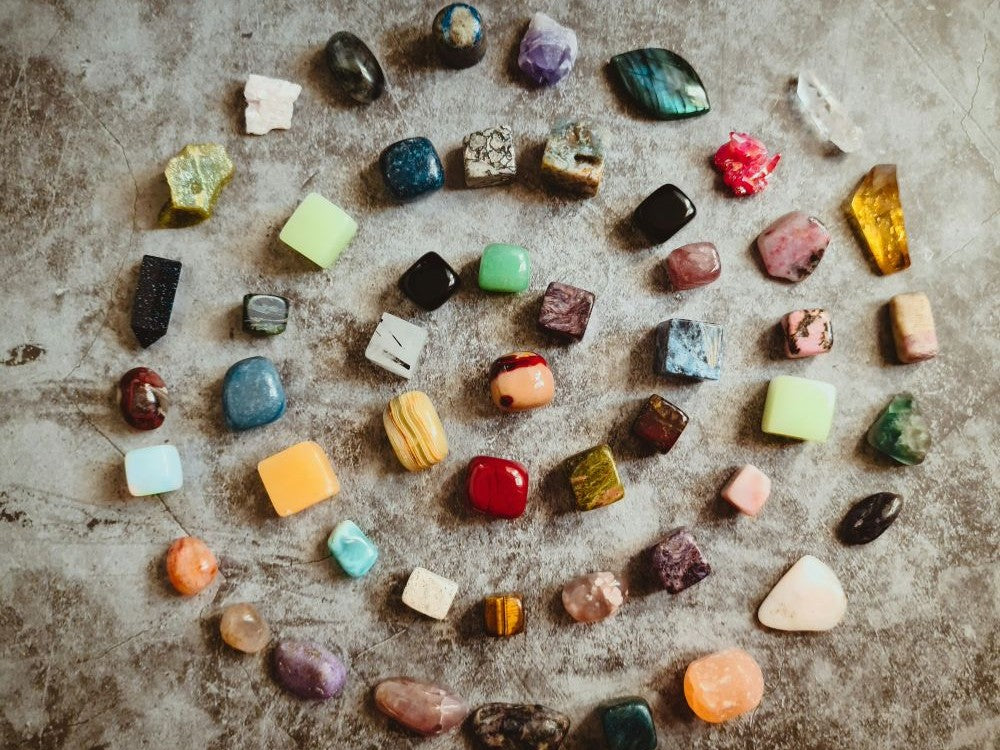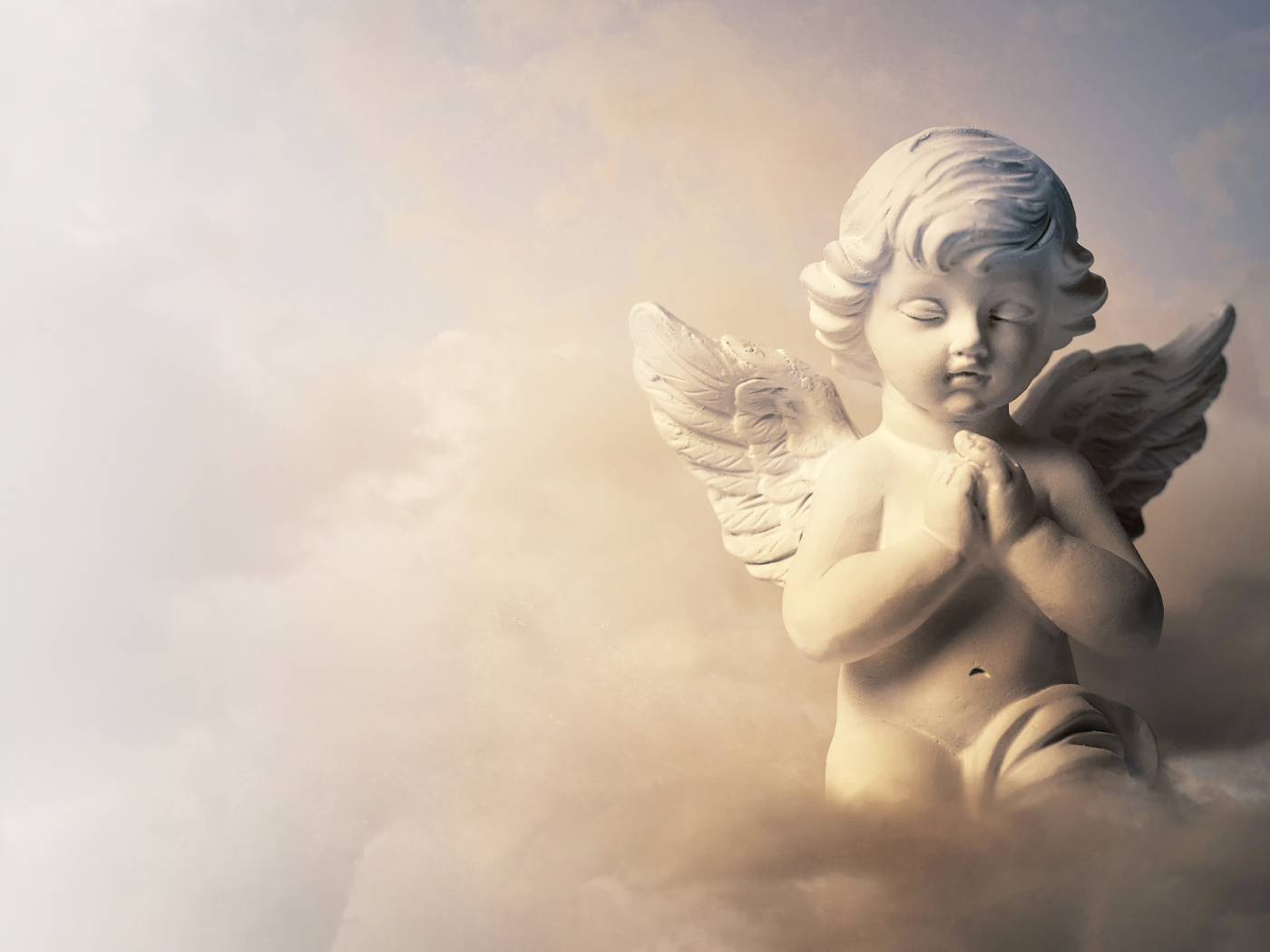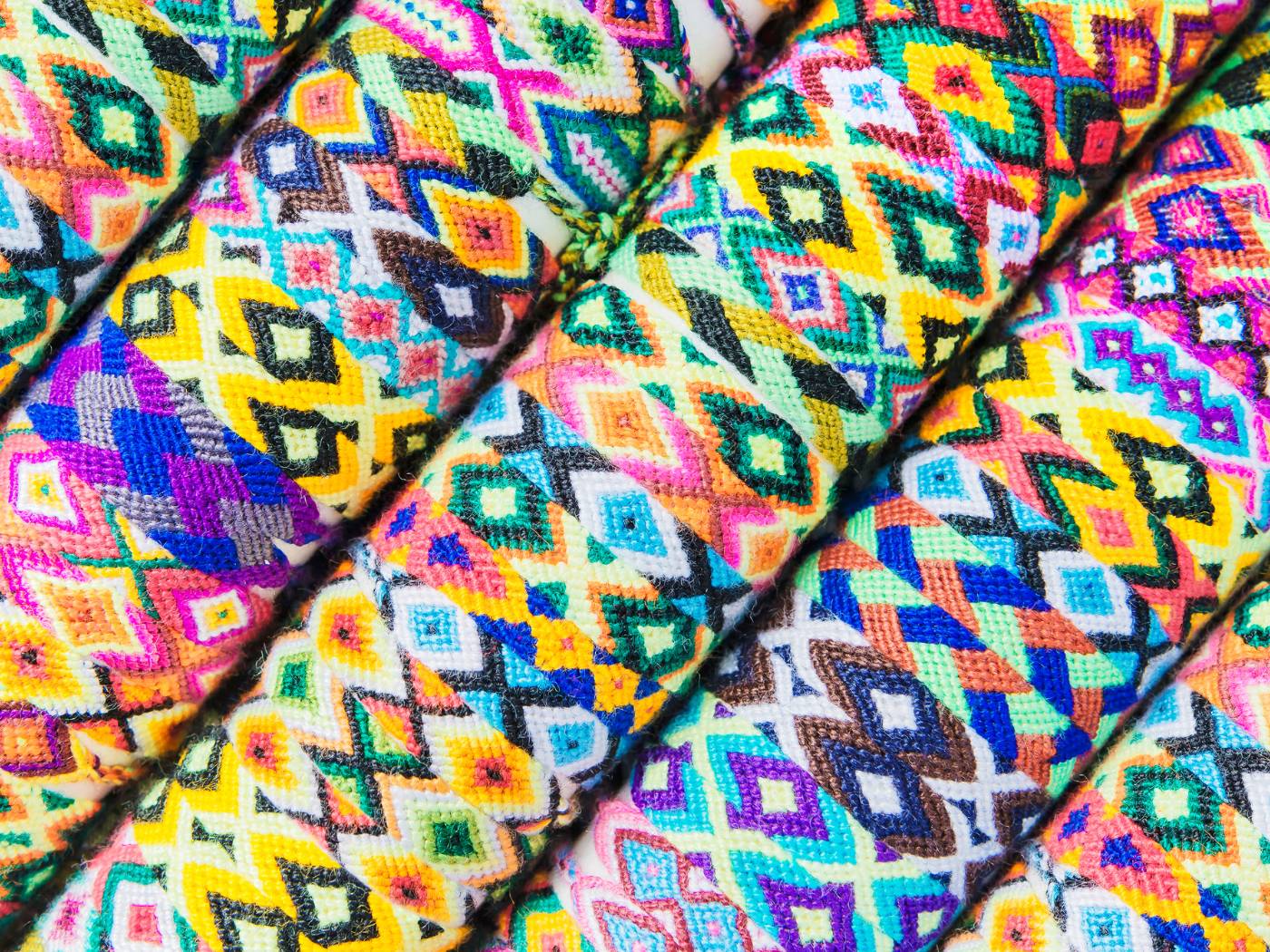Even though Buddhism is regarded as one of the world's major religions, for many Buddhists it is more of a way of life. Buddhists don't recognize a deity or supreme god. Instead, they strive for inner peace, wisdom, and enlightenment. Positive energy is harnessed within Buddhist practitioners and released into all things and everyone around them. Through meditation, self-reflection, and a life-long journey of peace, self-fulfillment can be achieved.
There are many beautiful depictions in Buddhist art that depict profound spiritual meaning, as old as Buddhism itself. Let's go over some tips for wearing Buddhist symbols with respect and purpose
Buddhist Symbols: What Do They Mean?
Siddhartha Gautama (the Buddha) founded the faith in India more than 2,500 years ago, but it spread quickly throughout Asia and then overseas.
Buddhism coexists peacefully with other cultures and faiths unlike many other religions. In this way, Buddhism can adapt and evolve to meet the needs of a diverse following, which helped it to spread and survive.
Buddhist symbols are common in the West, and many of them reflect the cultural traditions of followers in different countries. A number of ancient symbols that had significance for locals were incorporated into Buddhism and accepted as religious symbols.
Symbolism in early Buddhism
It was only later on that human-like representations of the Buddha were used in Buddhist art and symbolism. However, based on the symbolic context, Buddha could also be represented by animals.
The Elephant
Elephants are symbols of the Buddha, who represents Indian royal power. To enter his mother's womb, the future Buddha is said to have taken the form of a white elephant in the myth of Queen Maya.
The Lion
A Lion represents protection, royalty, and sovereignty, and is the most common representation. In the sutras, the teachings of the Buddha are referred to as "the roar of the lion," symbolizing the supremacy of his word over other spiritual practices.
The Riderless Horse
In addition, there is the Riderless Horse, which represents Kanthaka, the royal horse of the Buddha. As a symbol of the Buddha's asceticism, it represents his renunciation of the palace he lived in at Kapilavastu.
The Mythical Serpent
In the sutras, the Buddha is often referred to as the "Great Naga", a serpent with magical powers. There is also the serpent-like serpent of legend referred to as the "Great Naga." This term is used to refer to Buddha's superhuman powers, including his psychic insight, which is above all other deities and spirits.
The Deer
Buddha's first sermon in Varanasi was given in a deer park, which symbolizes Buddhist disciples.
Symbols at ancient sites
The Dharma Wheel
Buddhist teachings are represented by a circle, whereas awareness and meditative concentration are represented by the rim. Last but not least, the hub represents moral discipline. When the Buddha shared his teachings for the first time at Varanasi, he was regarded as the one who "turned the wheel."
Buddha attained enlightenment under the Bodhi Tree under which he sat when he achieved enlightenment.
Triratna (the Three Jewels)
Symbolizes the Buddha, the dharma (teachings and doctrines), and the sangha (community or monastic order).
Fortune is symbolized by the Lotus Flower. It thrives and bears the most exquisite blooms despite growing in muddy water. This picture represents rising above the murkiness and blooming into enlightenment.
By displaying the Buddha Footprint in either a single or double form, we are reminded that the Buddha lived on earth and left behind a spiritual path for all of us to follow.
The Eight Auspicious Signs
As an omen or sign from the divine, auspicious is favorable, fortunate, or lucky.
Buddhists believe that the Eight Auspicious Signs represent the good fortune bestowed on the Buddha at the moment of his enlightenment.
The White Conch Shell
An Indian symbol of protection and royalty, the jeweled parasol embodies the number 13. The number 13 symbolizes the sovereignty of the Buddha.
In ancient Indian tradition, the white conch shell represented victory in battle, while in Buddhism it symbolized the Buddha's teachings and fearlessness in sharing them.
The Golden Fish
A pair of golden fish that once represented the rivers Yamuna and Ganges in ancient India. In the Buddhist tradition, they embody the spontaneity and freedom that follows when we escape the cycle of rebirth.
The Lotus Flower - Representing the ascent above murkiness as well as the blossoming of enlightenment.
The Endless Knot
Represents the Buddha's limitless compassion and wisdom and endless harmony. Traditionally, it refers to the infinite cycle of rebirth.
The Victory Banner
Originally a military standard in ancient Indian warfare, the Victory Banner signifies the Buddha's triumph over the four maras, or hindrances, on his path to enlightenment.
The Treasure Vase
Inspired by ancient Indian clay pots decorated with elaborate adornments, it symbolizes the lasting value and quality of the Buddha's teachings.
Insights Into The Power Of Color
Colors play a significant role in Buddhist symbolism. These are the colors that are most significant in Buddhism today:
As a sign of purity, white symbolizes the ability to transform ignorance into awareness of reality. Oriented towards the East and elemental Water, it is in resonance with the Om syllable. Beauty and wealth radiate from yellow, and pride can turn into an awareness that we are all connected. A resonance between it and the Ni syllable aligns it to the directional South direction as well as elemental Earth.
The color green protects from harm, brings peace, and can transform jealousy into perfect awareness. Ma syllable resonates with directional North and elemental Sky. Blue represents awakening and enlightenment, transforming anger into self-reflection and awareness. In this way, it resonates with the location Center and element Air, as well as the Pad syllable.
The red color can open us to love, compassion, and insight, and transform attachment. The me syllable is in resonance with the element of Fire and the directional West. Black symbolizes both physical and spiritual death. Black is neither transformative nor directional. There is a resonance between its element, Air, and the syllable Hum.
A Few Important Buddhist Beliefs
There are many aspects of Buddhist teachings, so we could never cover them all in a single article. To get a sense of what all Buddhists believe, we can look at some of their core beliefs.
Enlightenment
Enlightened is the meaning of the word Buddha. The Buddha is considered one of the most extraordinary people, but he is not a god. Rather than becoming a great king, he chose to become a great teacher, philosopher, and spiritual leader.
As a tolerant, flexible, and evolving religion, Buddhism has many interpretations and philosophies. Rather than a religion, Buddhism is a way of life or spiritual tradition for many Buddhists.
Mediation
Meditation, morality, and wisdom pave the way to enlightenment. The highest truth can be awakened through regular, continued meditation.
Neither self-indulgence nor self-denial are encouraged in Buddhism. Temples or homes can be used by followers to worship. To understand the religion, it is crucial to understand the Four Noble Truths, as taught by Buddha.
Karma
A cornerstone of the faith is karma (cause and effect) and reincarnation (continuous rebirth). Buddhist beliefs are characterized by multiple symbols, not just one.
Buddhism's ordained monks, called bhikkhus, adhere to a strict code of conduct. Once they join, however, they are not confined to monasteries. It is their choice to leave and take up their place in society if they so choose.
Are non-Buddhists allowed to wear Buddhist symbols?
Let us return to the question we began with. The answer is a definite YES! Buddhism resonates with many people, so you can certainly wear Buddha symbols. However, don't try to fit in with your social circle by buying a Buddha symbol that looks like a "cute impersonation". It's not that it will bring harm or misfortune, but it's out of respect for the symbolism of Buddha's teachings. Overindulgence goes against one of the foremost Buddhist beliefs: getting something just for the sake of getting it. We don't appreciate something we buy from an egotistical point of view. It's either for showing off, impressing others, or for greed.
By contrast, when we acquire something from a place of deep appreciation for its symbolic value, it takes on a spiritual significance. As a constant reminder or for confidence and protection, it becomes an invaluable part of our lives. Research the meaning of any Buddha symbol before you buy it or place it in your home or office to find out how you can incorporate it into your spiritual life. Alternatively, if you long to incorporate one of the many aspects of Buddhism into your life, find out which Buddha symbol brings that energy.
Remember that Buddhism is an accessible religion that you can practice even if you don't align with a particular symbol. Nothing can go wrong as long as your intentions are pure and for the greater good. At TeamPlanting, we appreciate its profound spiritual significance, whether you are buying a symbol for yourself or someone else. Our Buddha symbols are ethically made by handcrafted artisans around the world with respect, love, and care.













